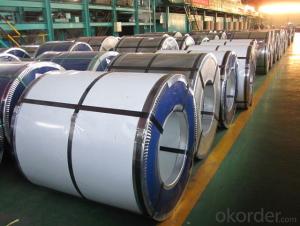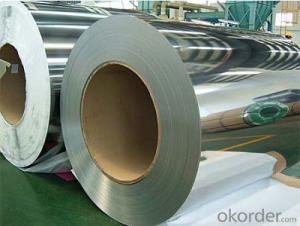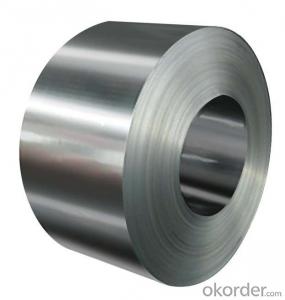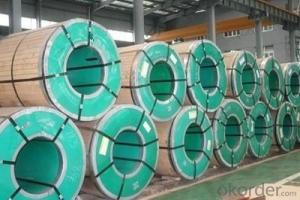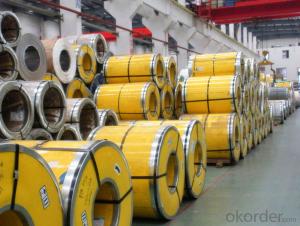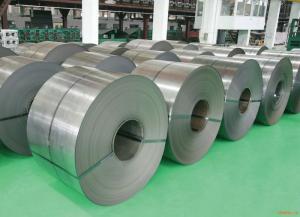16g Stainless Steel Sheet
16g Stainless Steel Sheet Related Searches
Best Paint For Stainless Steel Blanket Insulation For Steel Buildings Primer For Galvanized Steel Foam Filter For Stainless Steel H S Code For Stainless Steel Surface Grinding Wheels For Stainless Steel Surface Grinding Wheels For Hardened Steel Hole Saw For Stainless Steel Paint For Stainless Steel Stainless Steel For BbqHot Searches
Used Metal Folding Chairs For Sale Large Metal Containers For Sale Metal Shop Cabinets For Sale Metal Shipping Crates For Sale High Mast Light Price List Solar High Mast Light Specification Galvanized Steel Scrap Price Fiber Sheet Price In India Types Of Stainless Steel Grades High Mast Light Specification Stainless Steel Sheet Near Me Stainless Steel Type Type Stainless Steel Galvanized Steel Prices Stainless Steel Wholesale Stainless Steel Tubing Supplier Stainless Steel Supply Near Me Stainless Steel Supply Stainless Steel Sheets Near Me Scrap Stainless Steel Prices16g Stainless Steel Sheet Supplier & Manufacturer from China
Okorder.com is a professional 16g Stainless Steel Sheet supplier & manufacturer, offers integrated one-stop services including real-time quoting and online cargo tracking. We are funded by CNBM Group, a Fortune 500 enterprise and the largest 16g Stainless Steel Sheet firm in China.Hot Products
FAQ
- When welding 111 stainless steel strips, it is important to take certain precautions to ensure safety and achieve quality welds. Here are some recommended precautions to follow: 1. Ensure proper ventilation: Welding stainless steel can release fumes and gases, including chromium and nickel, which can be harmful if inhaled. Therefore, it is necessary to work in a well-ventilated area or use local exhaust ventilation to remove the fumes from the work area. 2. Wear appropriate personal protective equipment (PPE): Always wear a welding helmet with a proper shade lens to protect your eyes from the intense light and harmful radiation emitted during welding. Additionally, wear welding gloves, a flame-resistant jacket, and safety boots to protect your skin from sparks, molten metal, and heat. 3. Use the correct welding technique: Stainless steel is prone to distortion and warping during welding due to its high thermal conductivity. Therefore, it is recommended to use a low heat input technique such as TIG (Tungsten Inert Gas) welding, which allows for better control over the heat input. This helps to minimize distortion and achieve quality welds. 4. Clean the surface properly: Prior to welding, ensure that the stainless steel strips are clean and free from any contaminants such as dirt, grease, or oils. Use a suitable cleaning agent and a stainless steel wire brush to remove any surface impurities. This helps to prevent weld defects and ensures good adhesion between the strips. 5. Use the correct filler material: When welding stainless steel, it is important to use the appropriate filler material that matches the grade of the base metal. For 111 stainless steel, commonly known as AISI 304 or 18-8 stainless steel, a filler material such as ER308L or ER316L is recommended. These filler materials provide good corrosion resistance and mechanical properties to the weld. 6. Monitor the heat input: Excessive heat can lead to the formation of carbide precipitation and intergranular corrosion in stainless steel. It is crucial to monitor and control the heat input during welding to avoid these issues. This can be achieved by adjusting the welding parameters such as current, voltage, and travel speed. 7. Post-weld cleaning and passivation: After welding, it is important to clean the weld area to remove any heat-tint or oxide scale formed during the welding process. Use a suitable cleaning agent and a stainless steel wire brush to clean the weld area. Additionally, passivate the weld by applying a suitable passivation solution to restore the stainless steel's corrosion resistance. By following these recommended precautions, you can ensure a safe working environment, minimize weld defects, and achieve high-quality welds when welding 111 stainless steel strips.
- Stainless steel strips possess an exceptional ability to withstand corrosion and effectively endure chlorine exposure. Given that chlorine is an exceedingly reactive element capable of inducing corrosion in numerous metals, stainless steel sets itself apart by containing a substantial quantity of chromium. This chromium content enables the formation of a protective oxide layer on the surface of the stainless steel, acting as a formidable barrier that thwarts chlorine from accessing the underlying metal. Consequently, the stainless steel strip remains shielded from corrosion. Furthermore, stainless steel boasts the presence of additional alloying elements such as nickel and molybdenum, which further bolster its corrosion resistance in chlorine-rich surroundings. All in all, stainless steel strips emerge as an outstanding choice for applications involving chlorine exposure, as they retain their strength and integrity even in the harshest conditions.
- Indeed, brewery equipment can greatly benefit from the utilization of stainless steel strips. Renowned for its impeccable corrosion resistance, durability, and hygienic attributes, stainless steel stands as a favored material choice. Such strips may be employed in crafting a multitude of brewery equipment components like fermentation tanks, brewhouses, piping, and fittings. Thanks to its remarkable resistance against rust and corrosion, the equipment remains untainted, maintaining the utmost sanitation throughout the brewing process. Furthermore, stainless steel's effortless cleaning and upkeep are of paramount importance in guaranteeing the beer's quality and consistency.
- Stainless steel strips exhibit excellent performance when exposed to hydrochloric acid, thanks to their superior corrosion resistance properties. Unlike most metals that succumb to the corrosive nature of hydrochloric acid, stainless steel possesses a unique composition that renders it impervious to this form of chemical attack. The inclusion of chromium in stainless steel prompts the formation of a protective oxide layer on its surface, effectively preventing the acid from penetrating and causing corrosion. Furthermore, the presence of nickel in stainless steel further bolsters its resistance against acids. Nevertheless, it is crucial to note that the effectiveness of stainless steel in hydrochloric acid can vary based on the grade and specific conditions of exposure. For particularly aggressive acid environments, higher grades of stainless steel, such as 316 or 904L, are often preferred. To ensure the appropriate selection of stainless steel grade for specific hydrochloric acid applications, it is advisable to seek advice from material experts or consult corrosion resistance charts.
- The dimensions and thickness ranges available in 111 stainless steel strips can vary depending on the manufacturer and supplier. It is advisable to check with the specific manufacturer or supplier for the exact dimensions and thickness ranges they offer.
- Stainless steel narrow band, what are the spare rolls and side bands?
- Sideband: roll out of the steel plant, has a certain width, when customers order the specified width, need to do a movement, to meet customer demand, but the width of the collocation, not satisfactory, will the remaining material (not in a material), such as roll material is 1185mm wide, to the customer is 60mm wide, the rest of the material is, the price is the lowest.
- Stainless steel strips are widely regarded as having good formability. Their excellent mechanical properties enable them to be shaped and molded into intricate geometries. This is due to their high ductility and low work hardening rate. Stainless steel strips can be easily bent, stretched, and molded into various shapes without any risk of cracking or breaking. However, it is important to note that the formability of stainless steel strips may vary depending on factors such as the specific grade and thickness of the material, as well as the processing conditions and techniques employed. When assessing the formability of stainless steel strips, it is crucial to take into account factors like composition, grain structure, and surface condition. In summary, stainless steel strips are often the preferred choice in industries like automotive, construction, and manufacturing, where good formability is of utmost importance.
- The environmental consequences of utilizing 111 stainless steel strips can vary depending on several factors. To start, the production of stainless steel necessitates a considerable amount of energy, primarily in the form of electricity. This energy is often derived from fossil fuels, which contribute to the emission of greenhouse gases and climate change. Moreover, the extraction of raw materials, such as iron ore and chromium, can result in adverse environmental effects, including the destruction of habitats and pollution of water sources. Furthermore, the manufacturing process of stainless steel involves the utilization of various chemicals and gives rise to waste products. These chemicals have the potential to contaminate water sources and pose a threat to ecosystems. If not properly managed, the disposal of waste materials like slag and dust can also contribute to pollution. The transportation of stainless steel strips can also have environmental implications, as it typically involves the burning of fossil fuels that emit greenhouse gases and contribute to air pollution. However, stainless steel is renowned for its durability and longevity, which can help minimize the need for frequent replacements. This can result in a reduced overall environmental impact compared to other materials that require more frequent replacements. It is crucial to note that the environmental impacts of using stainless steel strips can be mitigated through responsible sourcing, energy-efficient production processes, and waste management practices. Additionally, the recycling of stainless steel can significantly decrease the necessity for new production, conserving resources and mitigating environmental impacts. In conclusion, the utilization of 111 stainless steel strips can have significant environmental consequences, but these can be minimized through responsible and sustainable practices throughout the entire lifecycle of the product.


















